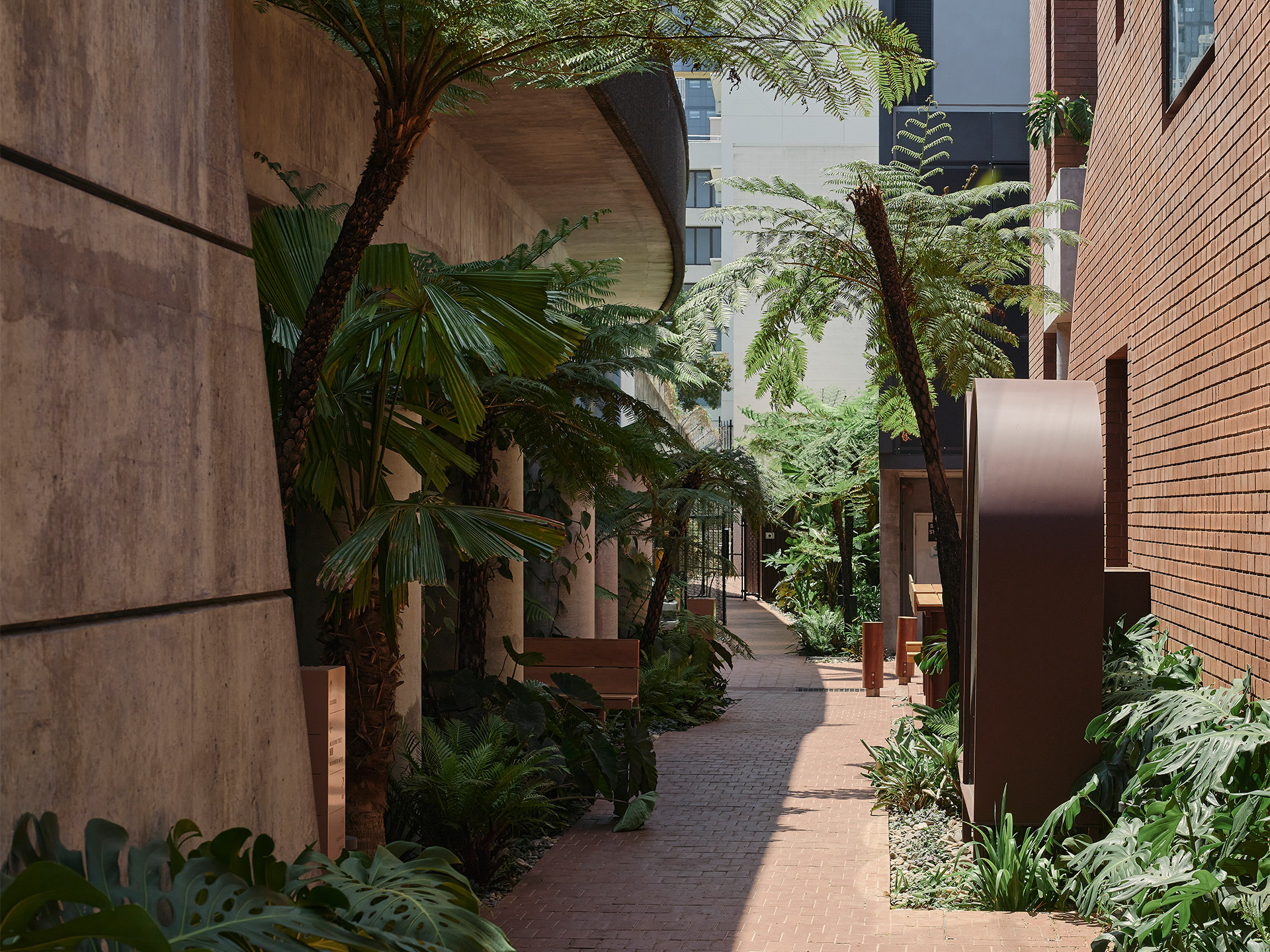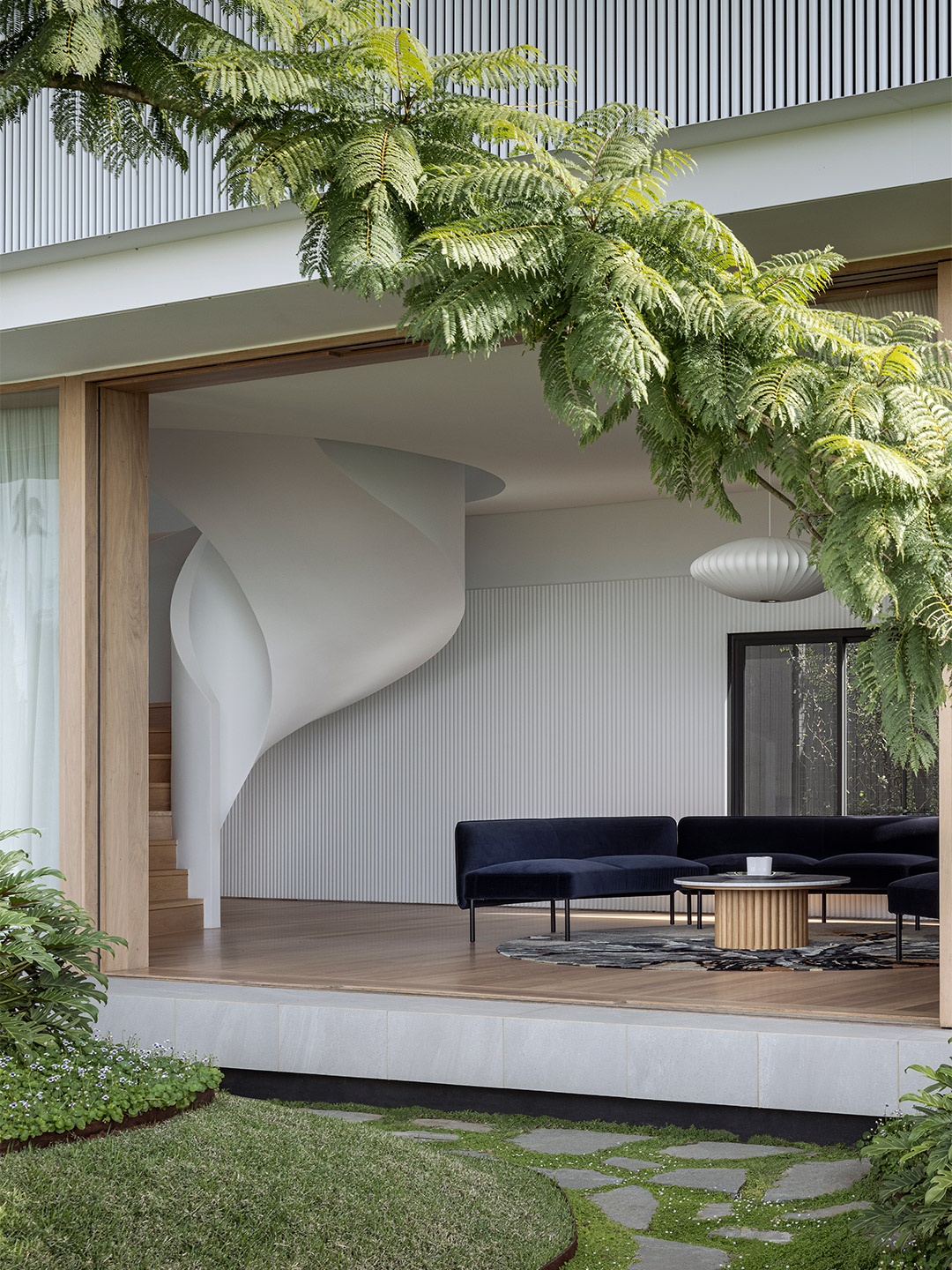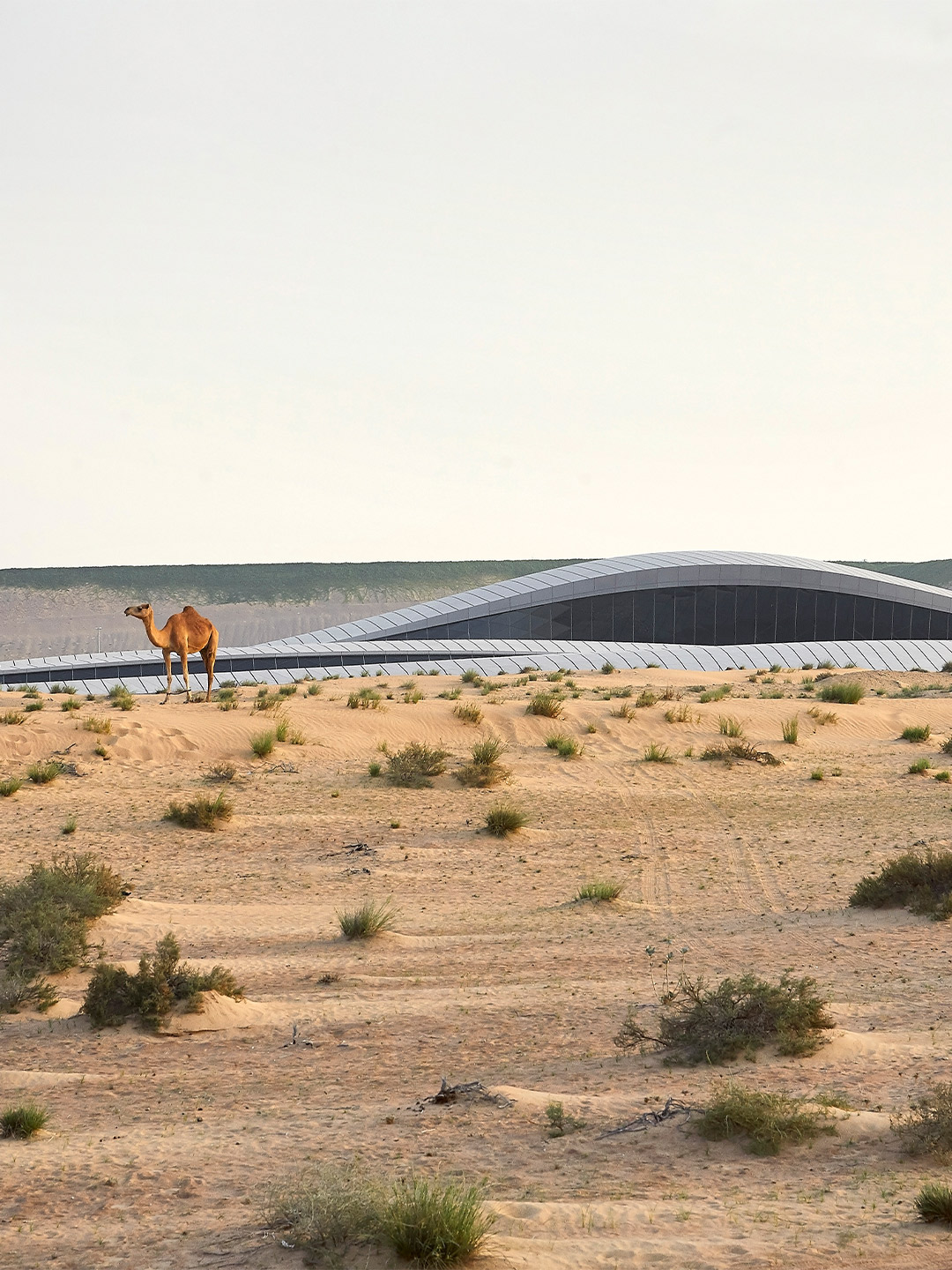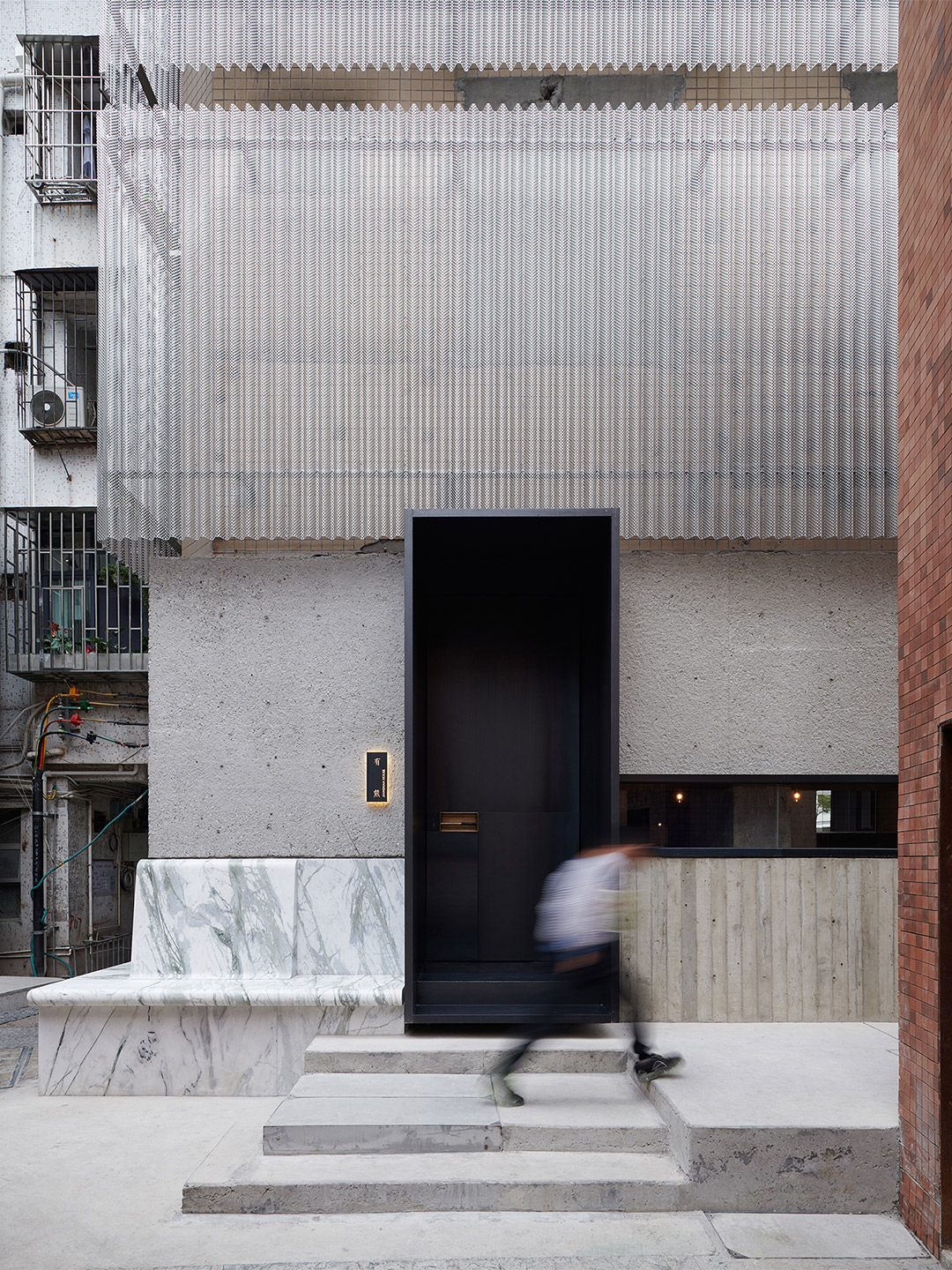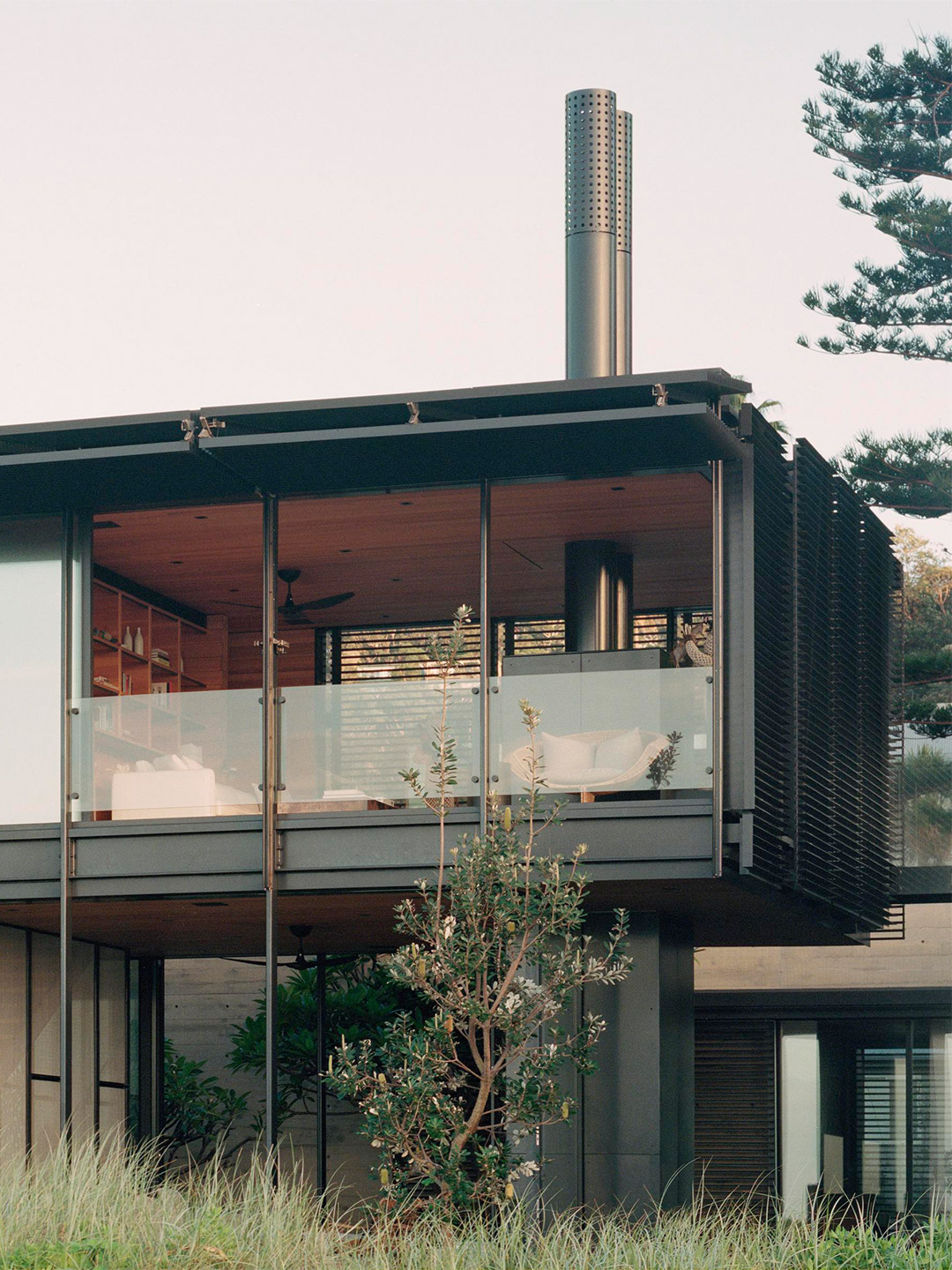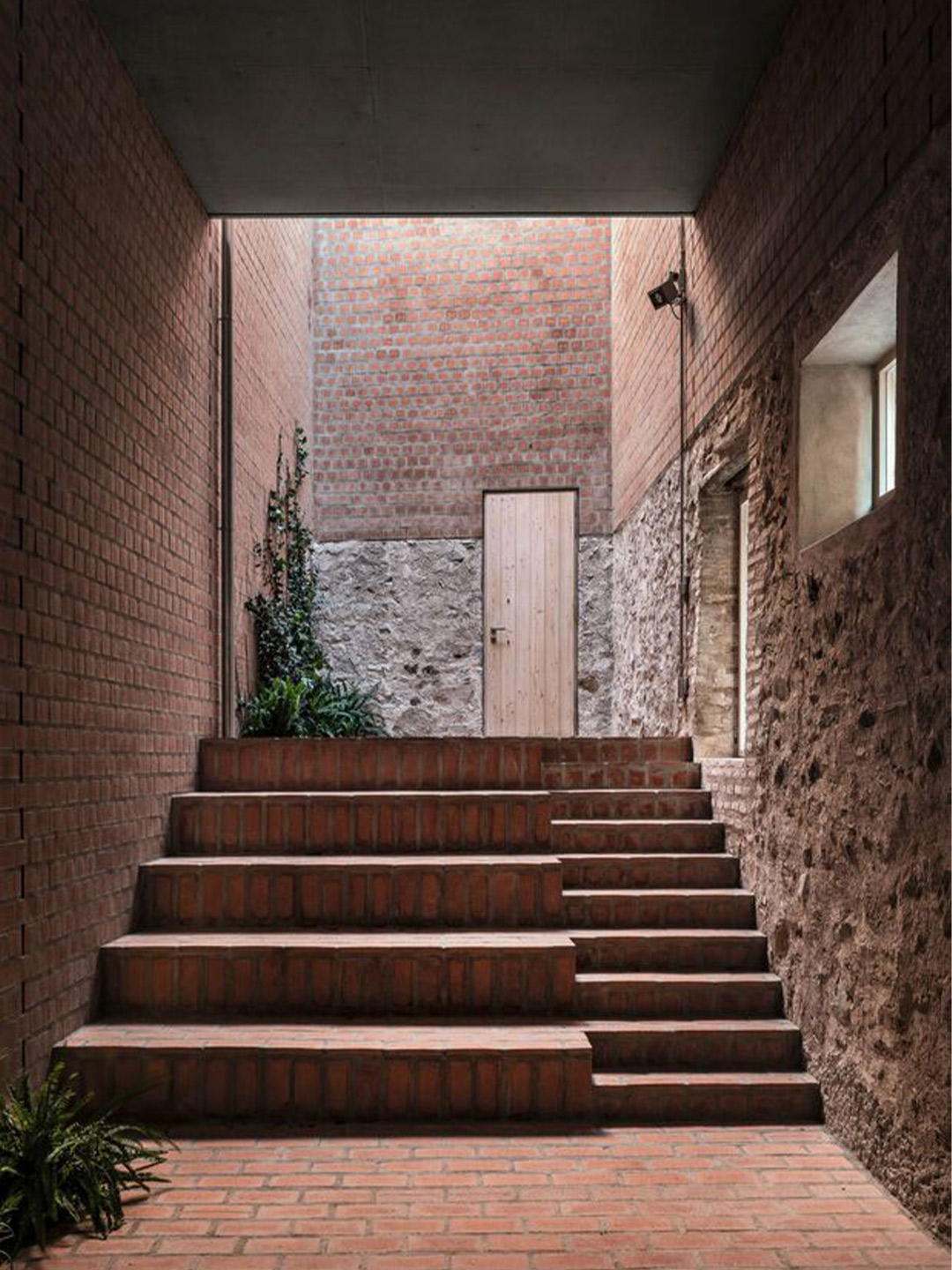When planning the multi-purpose Ngói Space in northern Vietnam, H&P Architects looked to the region’s naturally formed cave systems for inspiration. The Hanoi-based designers also sought lessons from the structure of majestic banyan and bodhi trees, whose mature canopies shelter many kinds of symbiotic plants. “Architecture can be, in a sense, analogous to a tree with its branches and leaves that intertwine and spread out, forming various layers for use,” say the H&P team.
Situated prominently on a corner site, the Ngói building features a striking cellular brise-soleil composed of reclaimed terracotta roof tiles. The classic reddish-coloured tiles are stacked vertically against the five-storey facade, in three typical formations, and perform the vital tasks of filtering the hot sun, offering shade and inviting cross-breezes to keep the interiors cool.


Ngói Space in northern Vietnam by H&P Architects
Beyond the dazzling “curtain” facade, the tiles are also employed as internal walls, where they appear closely sandwiched together. It’s from the inside, too, that the play of light and shadow facilitated by the patterned facade is realised in full effect. Featured inside and out, the tiles were the “natural option,” the architects say. Not only because it’s a material that is familiar to most Vietnamese people, but also due to the increased supply currently destined for landfill – a result of hasty redevelopment throughout the country.
“The ongoing rapid urbanisation and increasing population has [led to] major demand for more areas for residences nationwide,” the architects explain. “Many single-storey tiled-roof houses have been demolished, and the tiles on those roofs are still considered construction waste, not to be reused.”


In response, the Ngói Space was created to change this mindset; the building takes the discarded roof tiles that have long defined the local architectural fabric and demonstrates how they can be reused, cleverly and beautifully. But the building also delivers to the surrounding community a vibrant arts and culture hub, with exhibition spaces, open-plan meeting rooms and two cafes, including a rooftop coffee shop that takes in district views.
“On a larger scale, [the building] orientates users towards a sustainable tomorrow,” the architects say. “From the perspective of reaching back to the past to recognise and rediscover the core and hidden values [of the old tiles], and using those values to create spaces of the future.”
Architecture can be, in a sense, analogous to a tree with its branches and leaves that intertwine and spread out, forming various layers for use.










Catch up on more architecture, art and design highlights. Plus, subscribe to receive the Daily Architecture News e-letter direct to your inbox.


